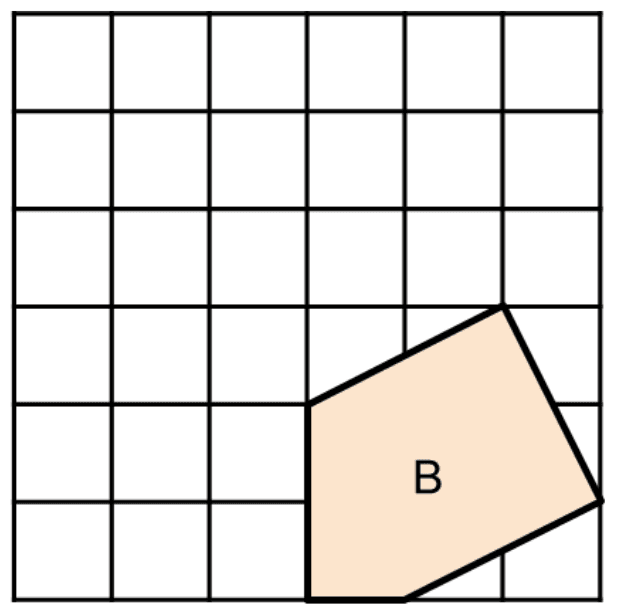Myths about teaching can hold you back
- Year 4
Draw polygons specified by translations
I can draw polygons on a grid according to a given translation.
- Year 4
Draw polygons specified by translations
I can draw polygons on a grid according to a given translation.
These resources were made for remote use during the pandemic, not classroom teaching.
Switch to our new teaching resources now - designed by teachers and leading subject experts, and tested in classrooms.
Lesson details
Key learning points
- Up, down, right and left can be used to move objects on a grid.
- Combine direction with a number of squares to give accurate directions.
- The move can include a horizontal and a vertical direction.
Keywords
Translate / translating - Sliding or moving a shape without rotating or flipping it means to translate.
Translation - Translation is a transformation in which every point of a shape moves the same distance in the same direction.
Horizontal - Horizontal is side to side, like the horizon.
Vertical - Vertical is an up-down direction or position.
Common misconception
Pupils might think that translating a shape changes its size, shape, or orientation, rather than just its position.
Clarify that translation only changes the position of the shape on the grid; the shape itself remains identical in size, shape, and orientation. Use visual examples to compare the shape before and after translation to reinforce this concept.
To help you plan your year 4 maths lesson on: Draw polygons specified by translations, download all teaching resources for free and adapt to suit your pupils' needs...
To help you plan your year 4 maths lesson on: Draw polygons specified by translations, download all teaching resources for free and adapt to suit your pupils' needs.
The starter quiz will activate and check your pupils' prior knowledge, with versions available both with and without answers in PDF format.
We use learning cycles to break down learning into key concepts or ideas linked to the learning outcome. Each learning cycle features explanations with checks for understanding and practice tasks with feedback. All of this is found in our slide decks, ready for you to download and edit. The practice tasks are also available as printable worksheets and some lessons have additional materials with extra material you might need for teaching the lesson.
The assessment exit quiz will test your pupils' understanding of the key learning points.
Our video is a tool for planning, showing how other teachers might teach the lesson, offering helpful tips, modelled explanations and inspiration for your own delivery in the classroom. Plus, you can set it as homework or revision for pupils and keep their learning on track by sharing an online pupil version of this lesson.
Explore more key stage 2 maths lessons from the Coordinates unit, dive into the full primary maths curriculum, or learn more about lesson planning.

Licence
Prior knowledge starter quiz
6 Questions
Q1.Marking a vertex helps you track a translation. True or false?
Q2.What translation is needed to move the polygon from A to B?
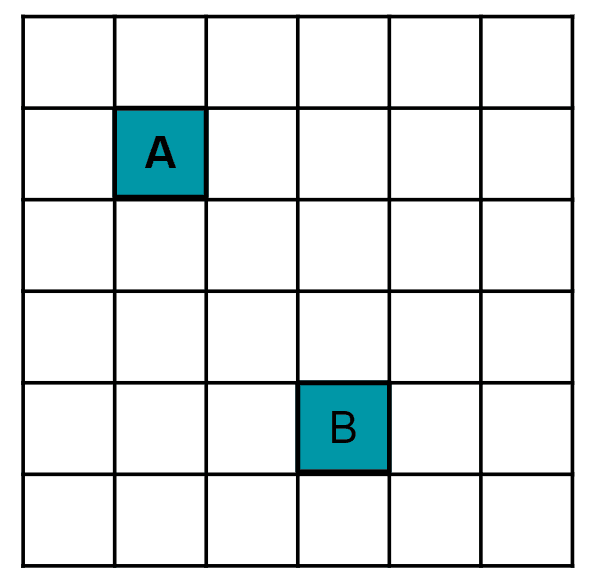
Q3.Lucas wants to translate the polygon from A to B. Which translation is incorrect?
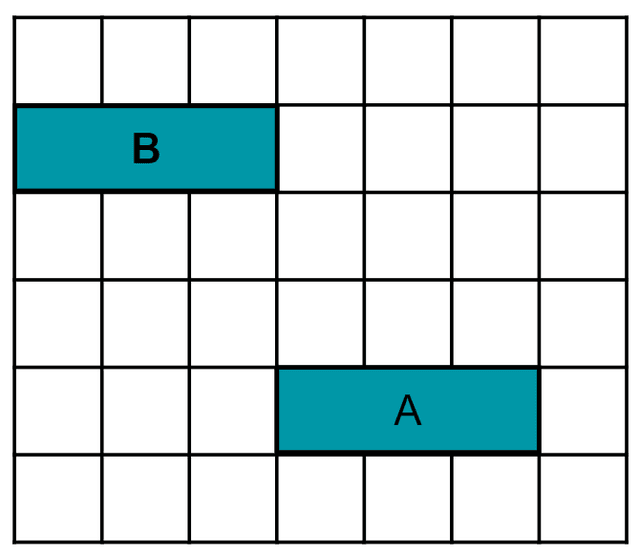
Q4.Look at Sofia’s directions. Which image shows the correct translation? 3 squares right and 1 square down. What’s the new position?
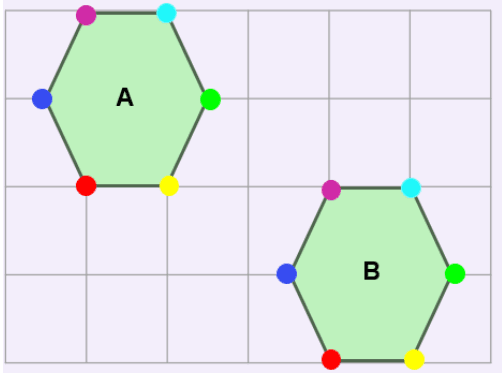
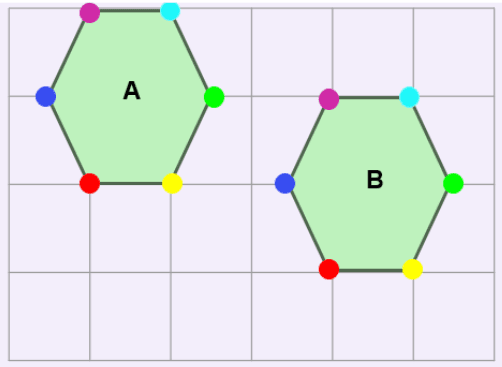
Q5.Complete to the translation from A to B. squares right. 2 squares down.
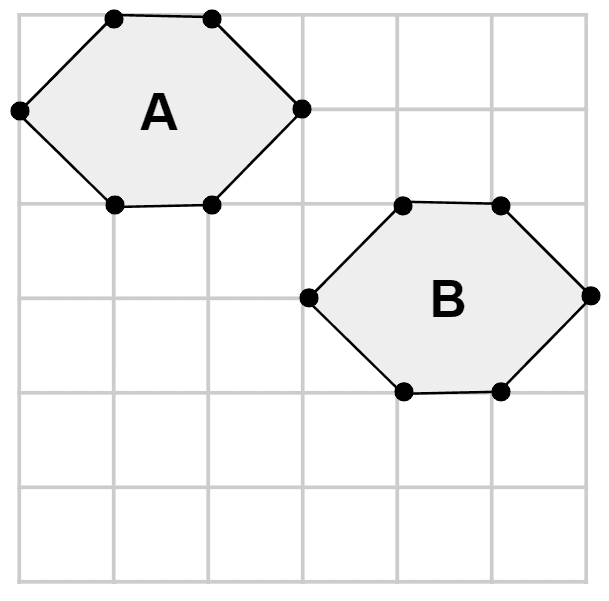
Q6.Sofia says she has translated the polygon 4 squares right and 1 square down. Is she correct?
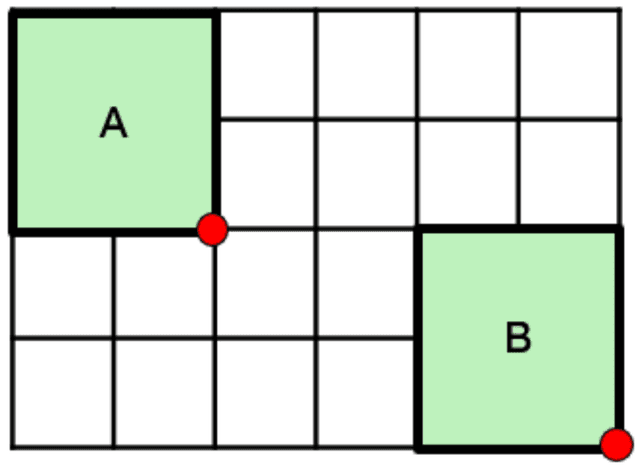
Assessment exit quiz
6 Questions
Q1.Jacob says ‘I’ve translated this polygon A to B using these directions: 4 squares left and 1 square up.’ Is he correct?
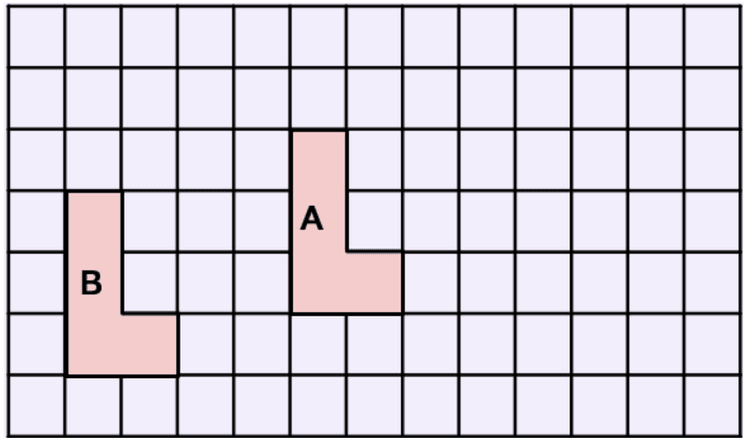
Q2.Describe the translation of A to B.
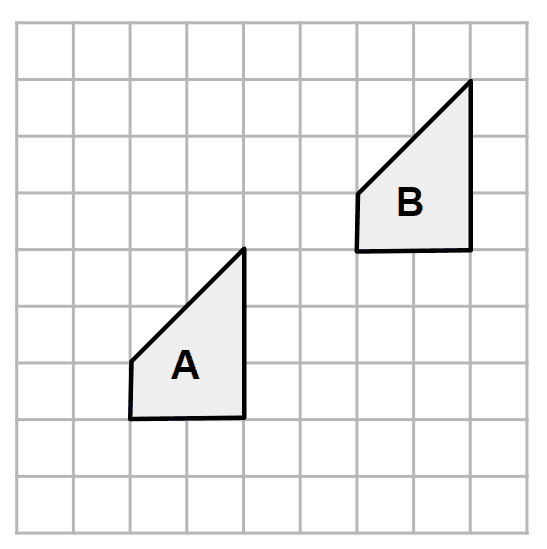
Q3.Describe the translation of A to B. The same number is in both instructions.
squares left. ___ squares down.
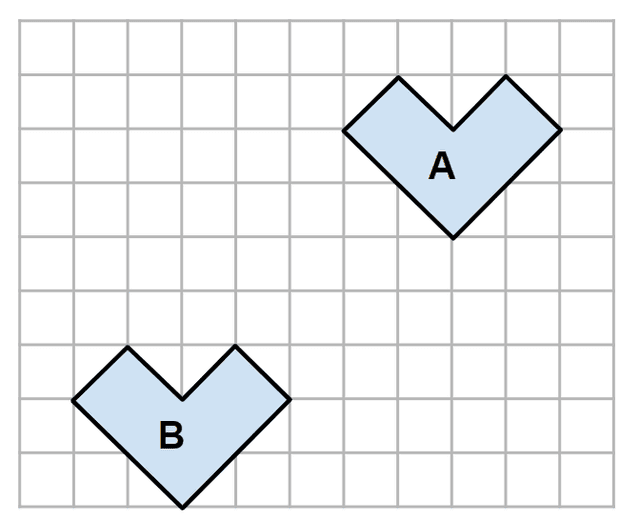
Q4.Match the translations of the shapes to the instructions.
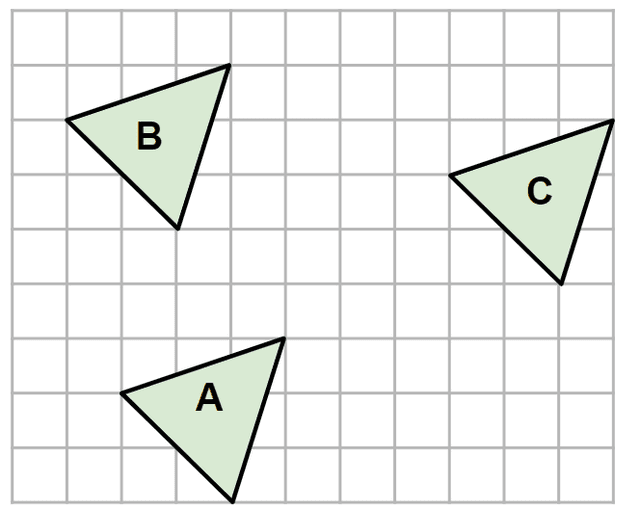
1 square left. 5 squares up.
6 squares right. 4 squares up.
Q5.Sofia is struggling to find the original positions of polygons after a translation What helpful tip can we give?
the directions.
Q6.Lucas translates a polygon 3 squares right and 2 squares down. The image shows the ending position. Describe the translation to get it back to its original position:
